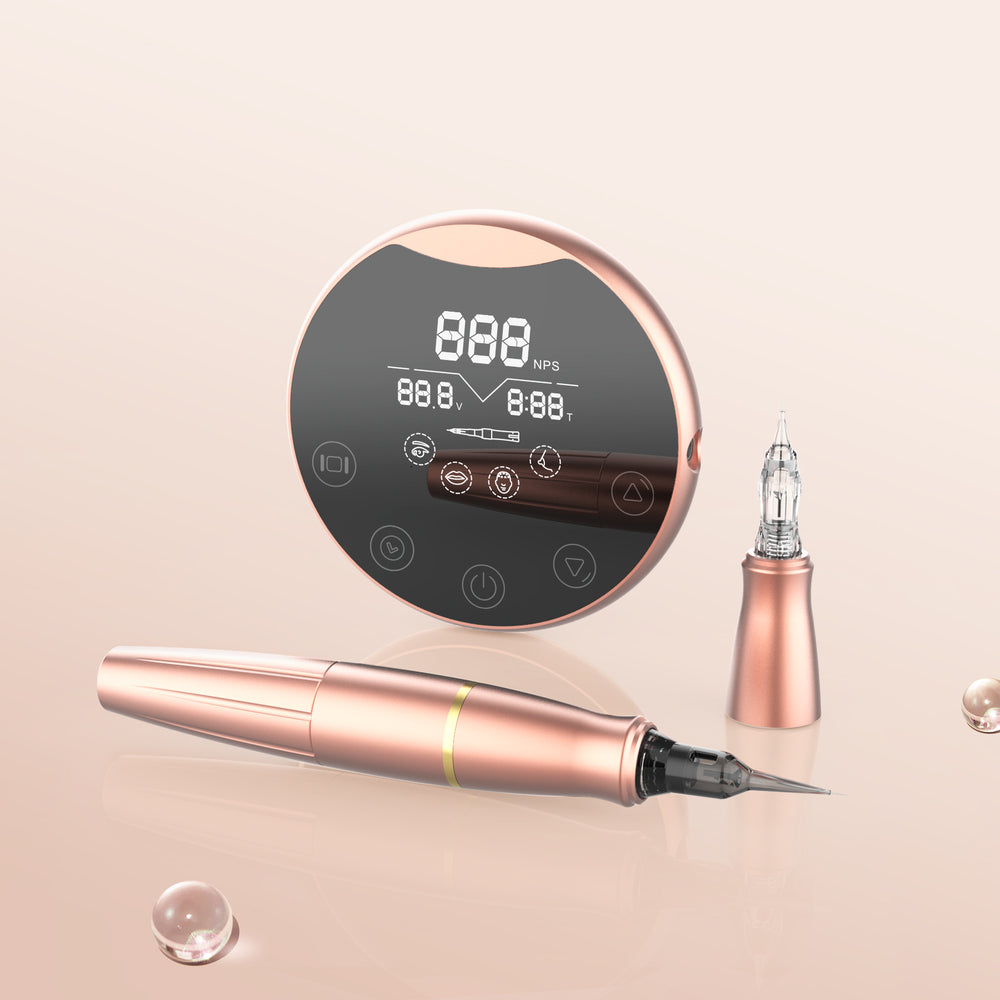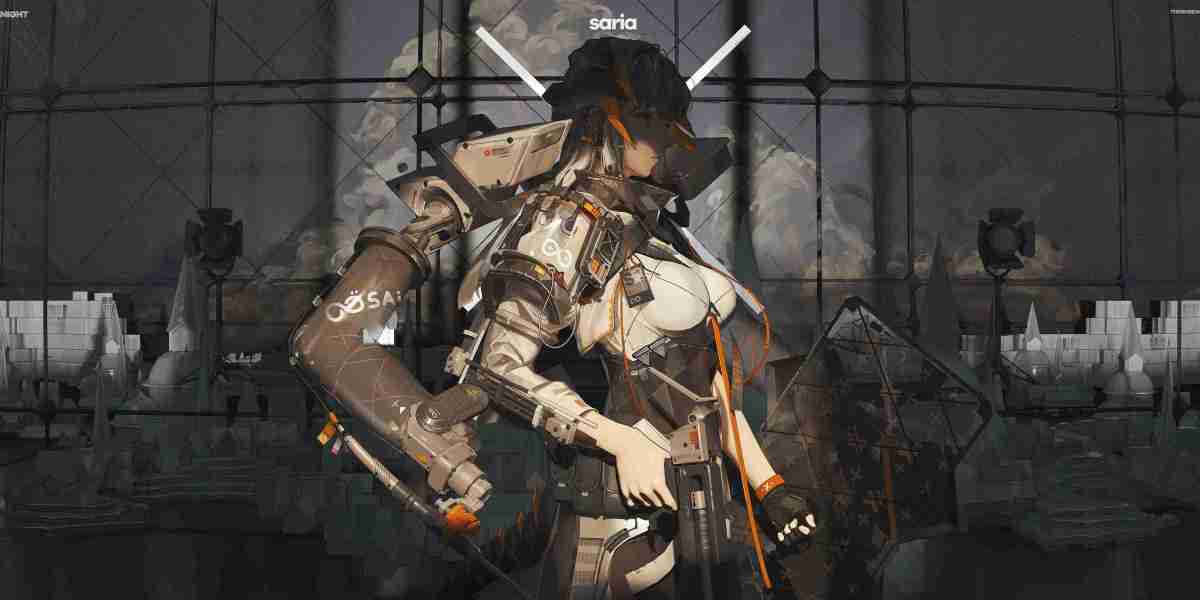Unlock the Secrets of Tattoo Machines: Discover the Ultimate Guide to Ink Your Passion!
Tattoo machines are the heart and soul of the tattooing process, acting as the vital tool that brings artistic visions to life on skin. As a blend of art and technology, these machines have evolved tremendously over the years, offering a plethora of options to tattoo artists and enthusiasts alike. In this guide, we will delve into the fascinating world of tattoo machines, exploring their various types, features, and how to effectively use them. Whether you're a budding tattoo artist or simply interested in the craft, understanding these machines will enhance your appreciation and skill in the art of tattooing.

Understanding Tattoo Machines
Tattoo machines are specialized devices designed to insert ink into the dermis layer of the skin, a process that has captivated humans for centuries. Historically, tattooing was accomplished with rudimentary tools like sharpened sticks or thorns, but as the art form grew in popularity, so did the technology behind it. Today, tattoo machines can be broadly defined as electric or manual devices that use a combination of needles and ink to create intricate designs on the skin. The modern tattoo machine has revolutionized the tattoo industry, allowing for precision and creativity that were once unimaginable. Artists can now execute detailed designs with ease, making tattoo machines an indispensable part of contemporary tattoo artistry.
Types of Tattoo Machines
When it comes to tattoo machines, there are three main types: coil, rotary, and pneumatic. Each type has its own unique mechanism, advantages, and suitability for different styles of tattooing. Understanding these differences is crucial for any artist looking to perfect their craft. Coil machines, often favored by traditionalists, operate on an electromagnetic system. Rotary machines, known for their versatility, utilize a spinning motion to drive the needles. Lastly, pneumatic machines, which are powered by compressed air, offer a lightweight option that many artists find beneficial for long sessions. Let’s explore each of these types in more detail to understand their characteristics better.
Coil Tattoo Machines
Coil tattoo machines are perhaps the most classic and recognizable type of tattoo machine. They operate using an electromagnetic system that creates an oscillating motion, driving the needles in and out of the skin. One of the significant advantages of coil machines is their ability to deliver powerful strokes, making them ideal for bold lines and heavy shading. However, they can be heavier and require more maintenance compared to other types. Artists who prefer coil machines often enjoy the tactile feedback and control they offer, making them a popular choice for traditional styles of tattooing. A friend of mine, a tattoo artist with years of experience, swears by his coil machine for large-scale pieces because of its reliability and power.
Rotary Tattoo Machines
Rotary tattoo machines utilize a different mechanism, employing a simple motor to create a smooth, continuous motion. This design allows for greater versatility, making rotary machines suitable for both lining and shading. One of the primary benefits of rotary machines is their lightweight design, which reduces fatigue during long tattoo sessions. Additionally, they tend to be quieter and easier to set up than coil machines. However, some artists feel that they lack the same level of power for heavy lining work. A tattoo artist I spoke with mentioned that they switched to a rotary machine for finer detail work, finding it easier to manage during intricate designs.
Pneumatic Tattoo Machines
Pneumatic tattoo machines are a less common but innovative option in the tattooing world. These machines are powered by compressed air, making them incredibly lightweight and easy to handle. Their design allows for minimal vibration, which can lead to more precise and comfortable tattooing experiences for both the artist and the client. Pneumatic machines are particularly beneficial for artists who work on larger pieces or in sensitive areas of the body. However, they typically require a compressor and additional equipment, which can be a barrier for some artists. A friend who specializes in realism mentioned that switching to a pneumatic machine drastically improved his work, especially during long sessions.
Choosing the Right Tattoo Machine
Selecting the right tattoo machine is a critical decision for any artist, impacting not only the quality of their work but also their comfort and efficiency during sessions. When choosing a machine, consider factors such as your experience level, the style of tattooing you want to pursue, and your personal preferences. For beginners, starting with a rotary machine might be advantageous due to its ease of use and versatility. More experienced artists may prefer coil machines for their power and control in traditional styles. It’s also vital to test different machines and get a feel for what works best for your technique and style. Many artists find that experimenting with various types over time helps them refine their skills and discover their favorite tools.
Enhancing Your Tattoo Journey
Understanding the different types of tattoo machines is essential for anyone looking to enhance their tattooing skills. From the classic coil machines to the innovative pneumatic options, each type offers unique features and benefits that cater to various styles and preferences. As you explore the world of tattoo machines, remember that practice and experimentation are key. Whether you’re just starting out or are a seasoned artist, finding the right machine can significantly impact your work. Embrace the journey of discovering what works best for you, and let your passion for tattooing guide you to new heights in your artistic endeavors!








